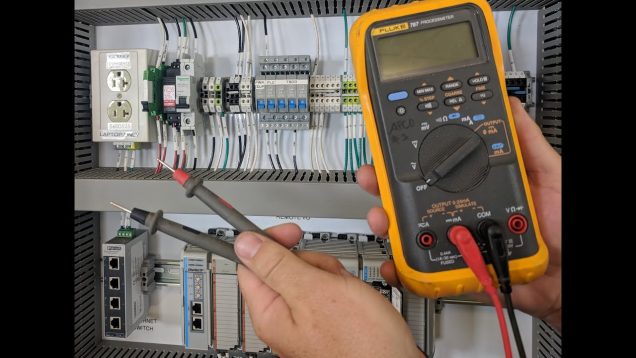Troubleshooting is the process of Finding the problem within a broken system and fixing the problem.
- Before you troubleshoot
Check whether:
- The switch is off
- The bulb is burned out
- The Residual Current Circuit Breaker is tripped If the switch or bulb is burned out, it’s easy to troubleshoot. If the breaker is tripped, look for the tripped plug and switch it back on.
- Troubleshooting
- Your safety should be first.
- Avoid working with energized wires or circuits.
- Switch off the circuit and put a mark on it so that others do not switch it on again.
- Before testing, use electric tape to insulate the open wires. You can use red or black tape to insulate a hot wire. This will help you in identifying hot wires from other wires. This is also known as hot wire flagging.
- If you don’t know anything about electrical wires and how to resolve electrical issues, don’t experiment, call an electrician.
- Follow the process
- Don’t work on cables with power on. Label the circuit you are working on to make others aware that you are working on that particular circuit.
- Check all equipment connected to each cable. Disconnect the device and keep it away.
- Use an OHM meter to check the switch. Check if the fixture works with the help of an extra cord. If it doesn’t work, check wiring, bulbs, installation, and so on.
- A hot wire may test alright to a ground wire but may not test ok to the white neutral wire. A device won’t work if there is no neutral. Check all the neutral connections at the source and also at any intersection to identify the problem.
- A high wattage space heater, if used for a long time, can overheat the receptacle. If you see some stains on the receptacle where the cord is connected, there is a high possibility of the wiring appended to the receptacle inside the box being burned due to overheating.
- Make sure that your connections are well made to avoid burnt wires and shorts, leading to potential fire danger.
- Ensure that your wire nuts are tight, but don’t over-fix them.
As you check the circuit and other components, you should be able to identify the issue and fix it. However, if you are unsure about the issue, don’t fix it. Remember, safety comes first. Call a professional who is trained to identify electrical problems and solve them.
For more information or assistance during normal business hours, call or e-mail TPS at the phone number above. You can also complete and submit our Service Project Inquiry form.

